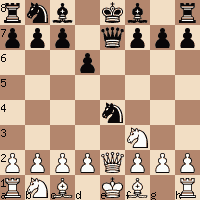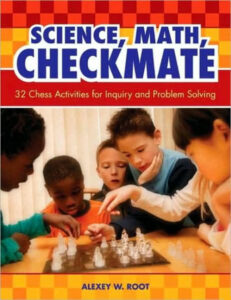
The first 10 moves of a chess game, called the “opening,” can be a minefield. Although following opening principles — such as controlling the center, developing your minor pieces (bishops and knights), and castling — usually succeeds, you also have to know some common opening traps. In this article, the Petroff’s Defense trap is explained.
A SparkChess member asked, “Does your site have any lessons on how to become a better chess player to try to counteract all these unexpected moves that keep causing me to lose these games that start out with those conventional opening moves?” What first came to mind when I read this question was the Petroff’s Defense, sometimes called the Russian Defense. Other names include the Petrov’s Defence and the Russian Game. I wrote an activity using that opening in my 2008 book Science, Math, Checkmate: 32 Chess Activities for Inquiry and Problem Solving.
The Petroff’s Defense begins in a very common way, 1. e4 e5. That is, each side moves its king’s pawn forward two squares. The e-pawns control central squares. The center squares are e4, d4, e5, and d5. Moreover, the bishops on f1 and f8 can now develop. So these are great, yet also conventional, moves for White and Black.
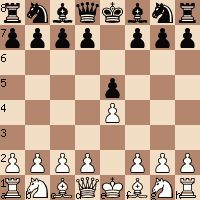
2. Nf3 Nf6 Each knight attacks an e-pawn.
3. Nxe5 Nxe4? Copying does not work here, as White is a tempo ahead. Let’s see what would happen.
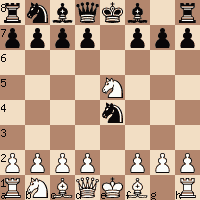
4. Qe2 White attacks black’s knight on e4.
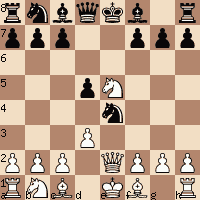
It can be defended with 4….d5. Then White would play 5. d3. If the black knight moves away from the pawn’s attack, the resulting moves would be similar to the game.
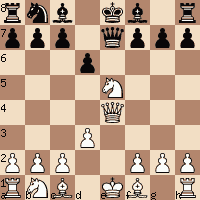
Best instead is 4….Qe7 5. Qxe4 d6 6. d4, and White will be a pawn ahead.
4….Nf6 5. Nc6+ (discovered check). The knight, by moving to c6, unveiled the queen’s check. 5….resigns. Black loses a queen for a knight, since White’s next move will be NxQ (on either d8 or, if the Q moves to e7, on e7).
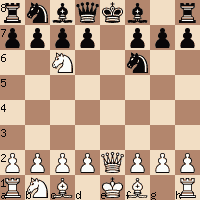
So what to do instead on move three for Black? 1. e4 e5 2. Nf3 Nf6 3. Nxe5 d6 This move forces White’s knight to retreat. In this level position, one would not surrender a knight (worth 3 points) for a pawn (worth 1 point).
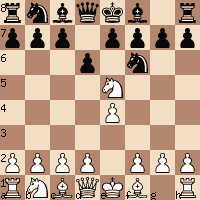
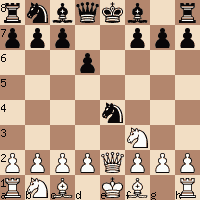
4. Nf3 Nxe4 5. Qe2 This move attacks Black’s knight. Black needs to defend the knight, because it is pinned to the black king. This pin is an absolute pin, meaning that it is illegal to move the knight because doing so would expose the black king to a check from the white queen.
5….Qe7 Now if Black’s knight moves there is no check on the black king. The pin is broken. After this fifth move, the position is considered equal. By knowing the trap in the Petroff’s Opening, Black survives to play the middlegame.
